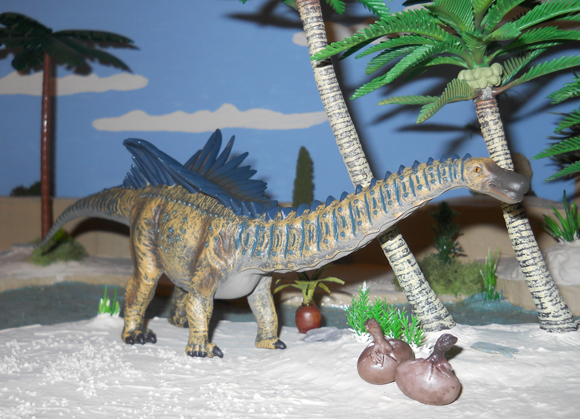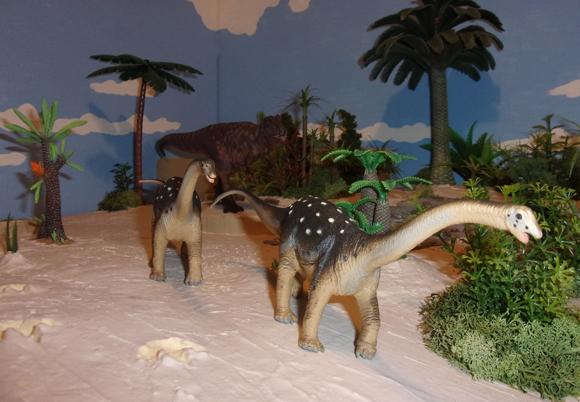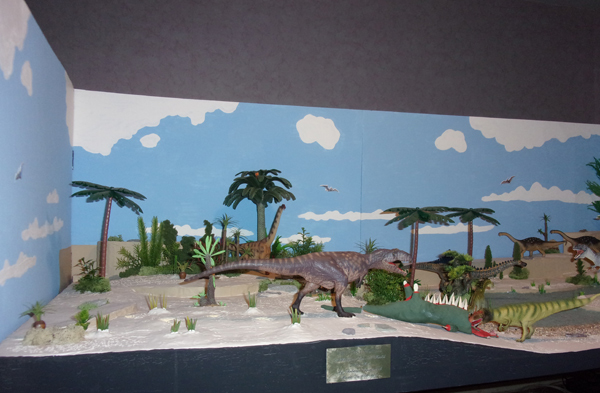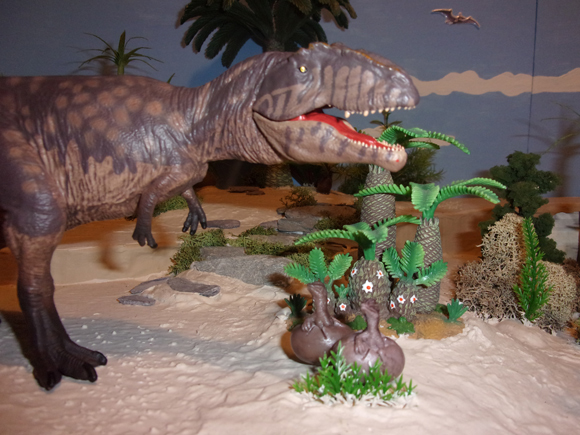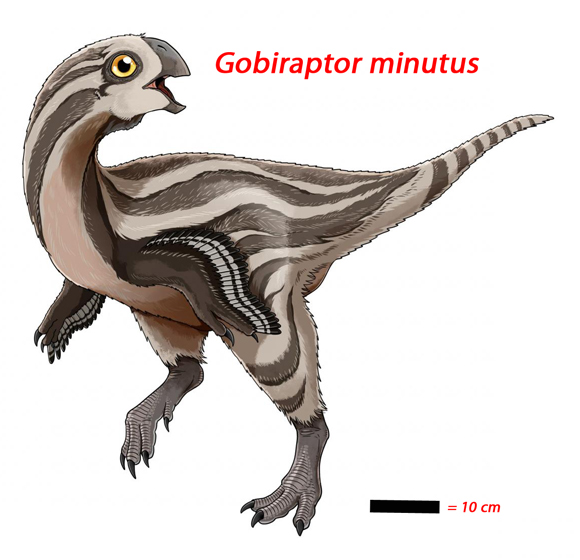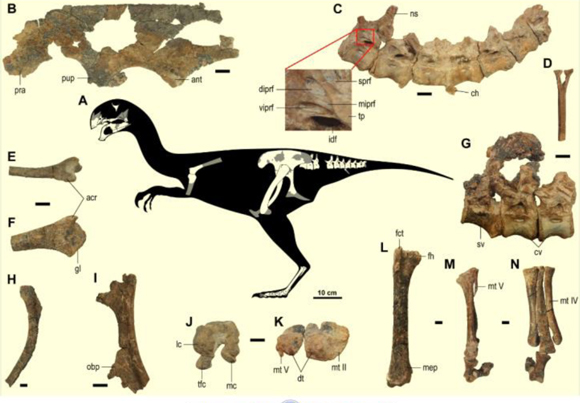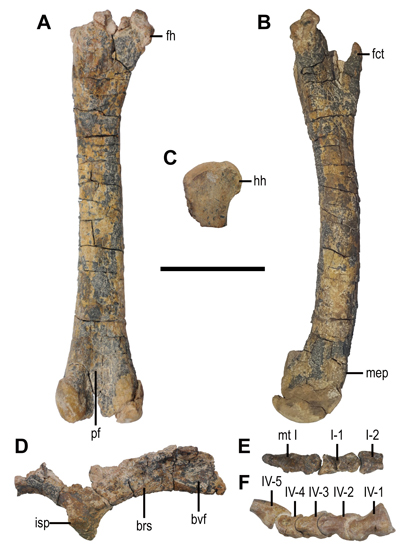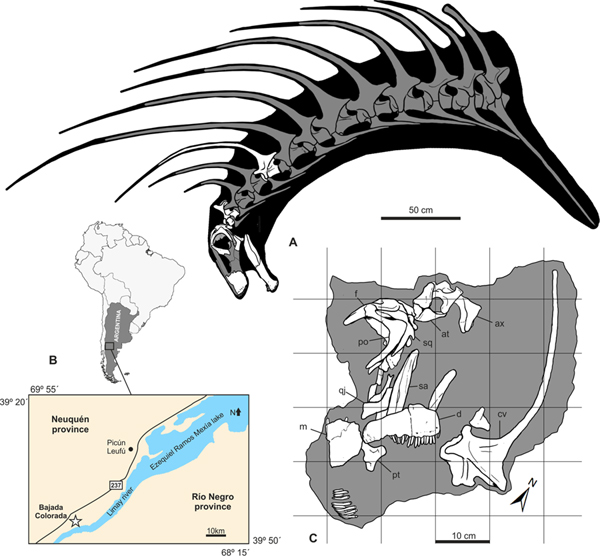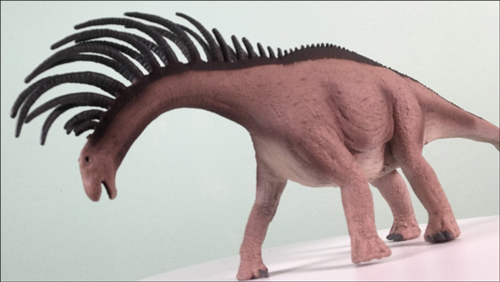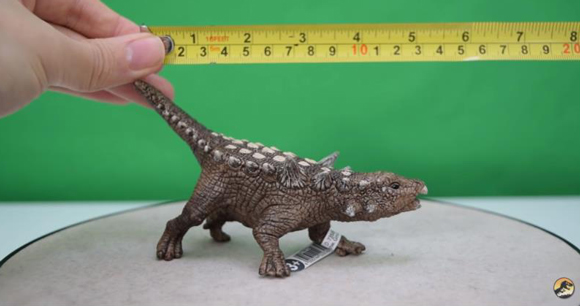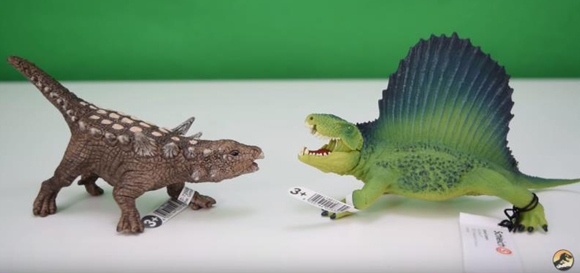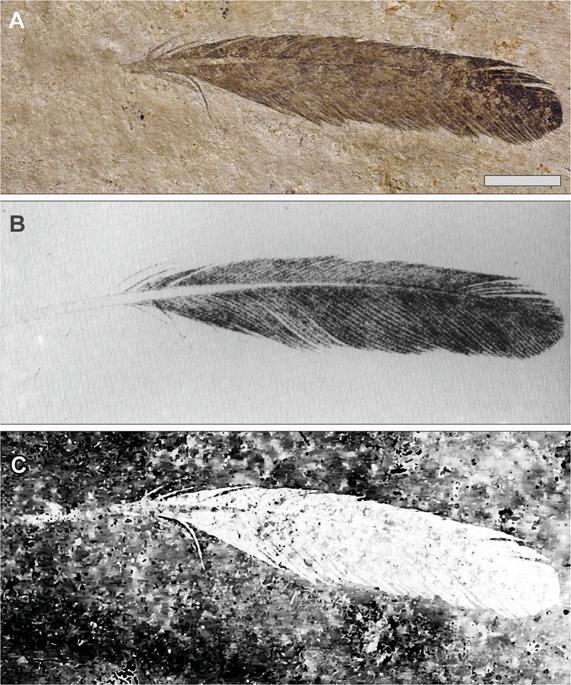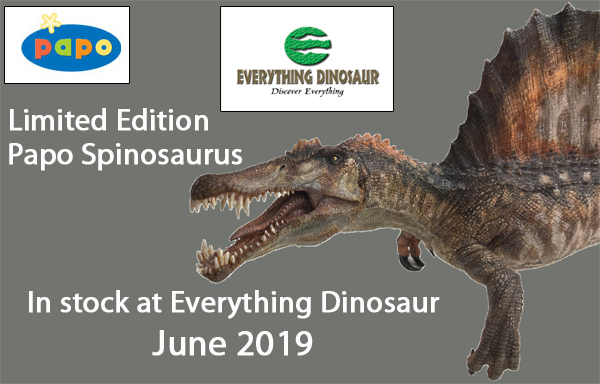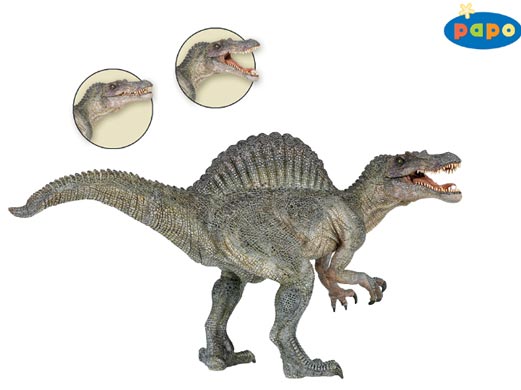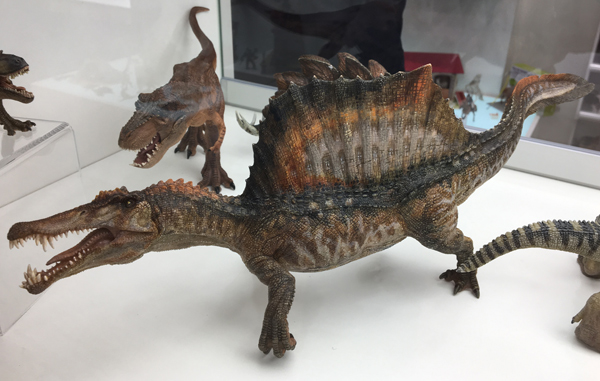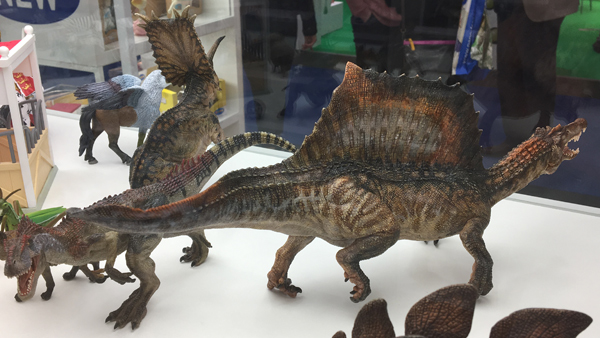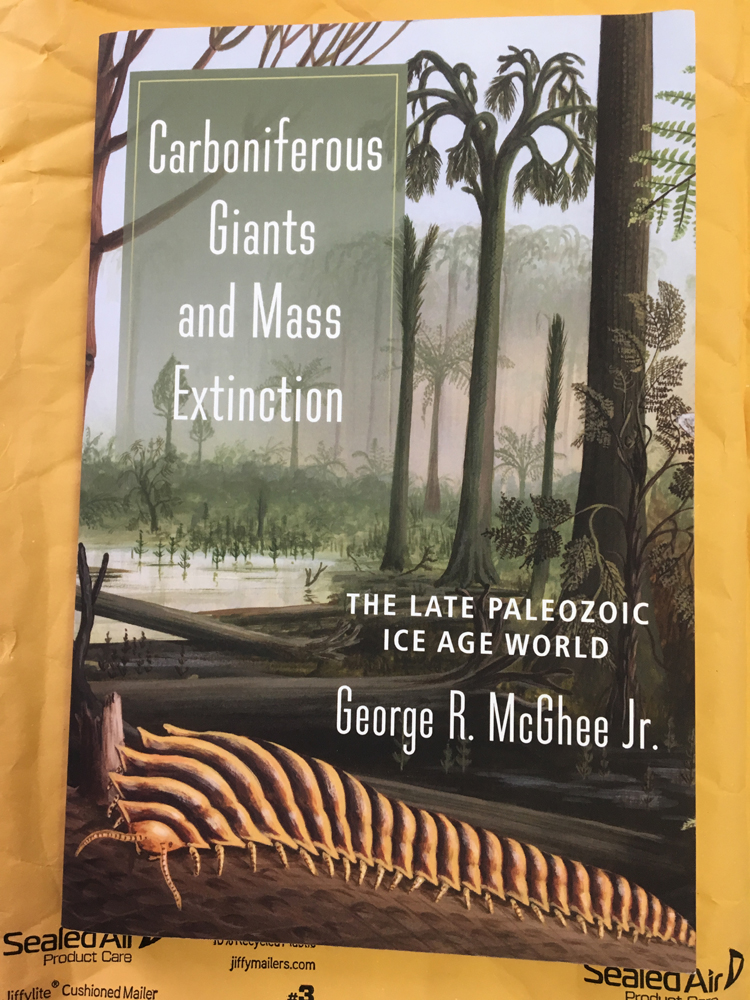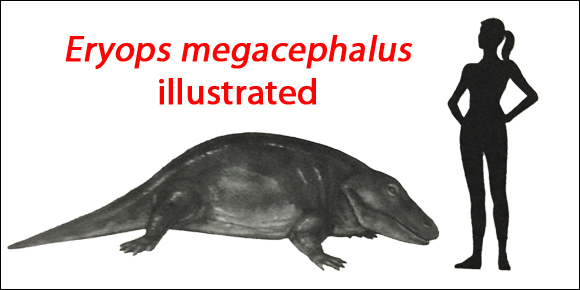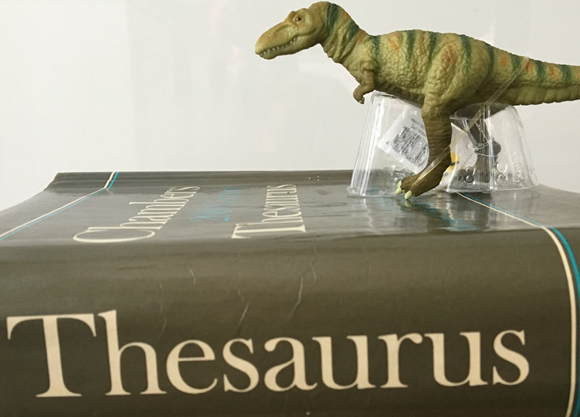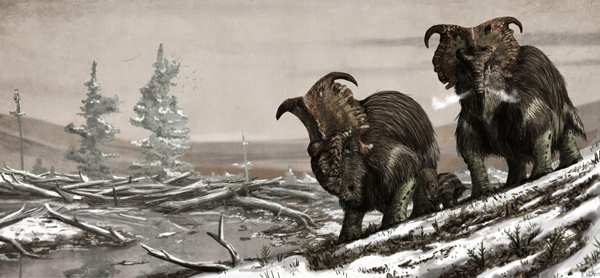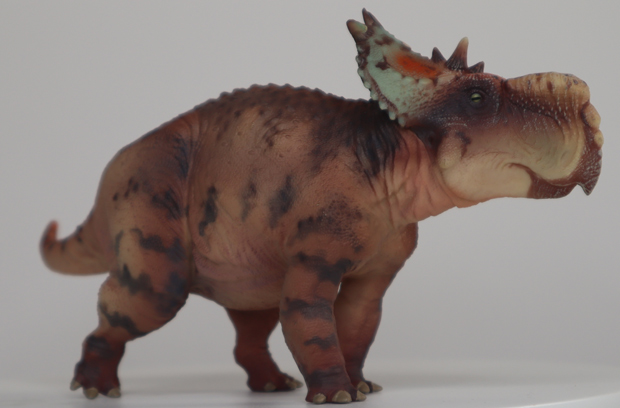A Quick Look at the New for 2019 Schleich Plesiosaurus Model
A Preview of the New for 2019 Schleich Plesiosaurus Model
Schleich will be introducing four new prehistoric animal models in July 2019. Today, we take a brief look at the only non-dinosaur figure to come out with this batch of replicas, the Schleich Plesiosaurus. It had been rumoured that the German-based model manufacturer intended to produce a plesiosaur and thanks to Everything Dinosaur, we can now post up a quick video preview of this model that will be in stock in the summer.
A Short Preview of the New for 2019 Schleich Plesiosaurus Model
Video credit: Everything Dinosaur
Four New Schleich Models
The four new Schleich prehistoric animal models scheduled to be released in July (2019) are as follows:
- A juvenile Giganotosaurus.
- A Dracorex.
- The horned dinosaur Diabloceratops.
- A Plesiosaurus (marine reptile).
Coming into Stock at Everything Dinosaur in the Summer (July 2019) New Schleich Prehistoric Animal Models
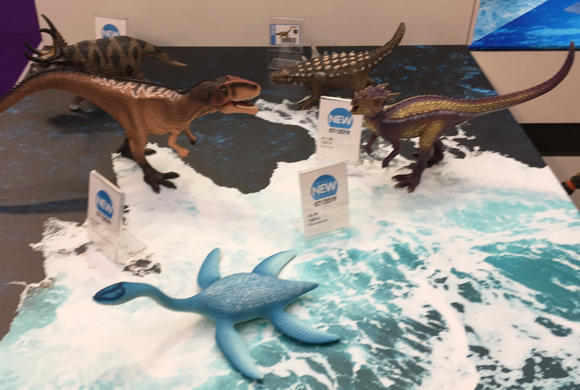
Picture credit: Everything Dinosaur
Praising the Schleich Plesiosaurus
In the short video preview, a spokesperson from Everything Dinosaur comments on the unusual colouration on the top of the head of this figure, the dark blue markings have been described as looking like “goggles”, quite appropriate for an animal that spent much of its time under water. It can be speculated that these reptiles had good colour vision and their heads may have played a role in visual communication. Crests or horns on the head would have affected streamlining so such ornamentation is not known in the Plesiosauria, so perhaps subtle markings on the head could have helped signal the maturity of the animal and its fitness for breeding.
Visit the Everything Dinosaur website: Everything Dinosaur.
A Plesiosaur Colour Scheme
The overall colouration of the plesiosaur model is also discussed. The model is coloured a sky blue with flecks of white on the broad back. This combines well with a paler underside which represents countershading, a concept long linked with extinct marine reptiles and seen in many marine mammals today. The narrator in the video reflects on the fact that the colour scheme reminds him of polar conditions and states that as fossils of plesiosaurs have been found in high latitudes, such a colour scheme is appropriate as these reptiles are now known to have lived in cold waters.
On Display The New for July 2019 Schleich Plesiosaurus Model
Picture credit: Everything Dinosaur
A Model with a Flexible Neck
As with a number of earlier plesiosaur figures, the Schleich Plesiosaurus has a flexible neck. This permits the neck to be placed in a variety of poses. When tested the neck is quite stiff and this allows the figure to remain in the pose chosen without the head drooping down. The Schleich Plesiosaurus will be in stock along with the three other figures (Dracorex, Diabloceratops and the juvenile Giganotosaurus), in July (2019).
To view the range of Schleich prehistoric animal models currently available from Everything Dinosaur: Schleich Prehistoric Animal Models.



